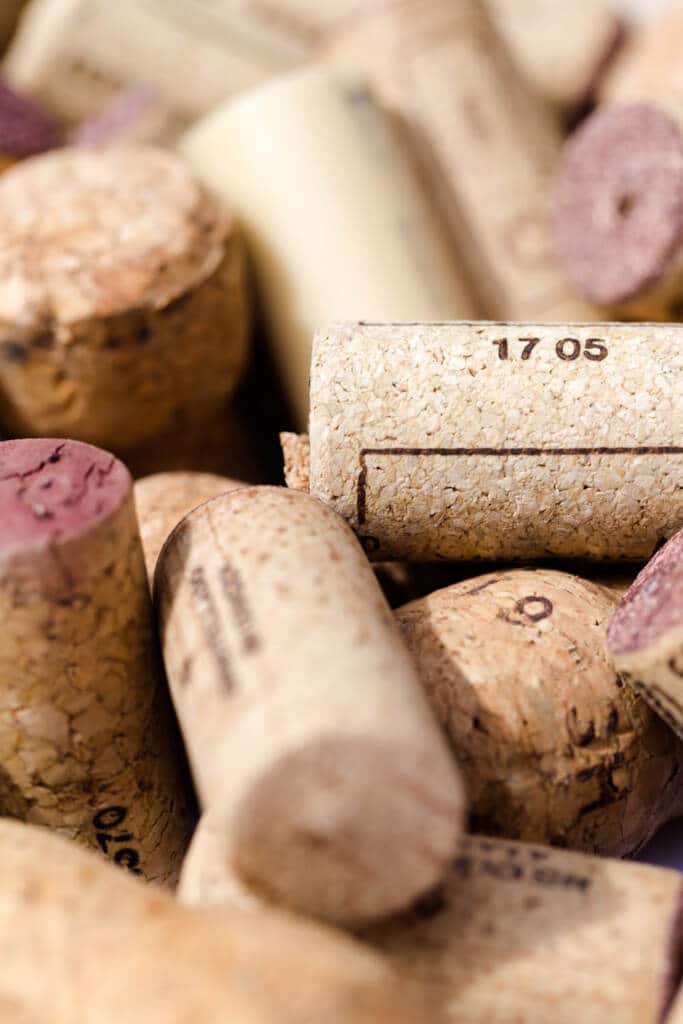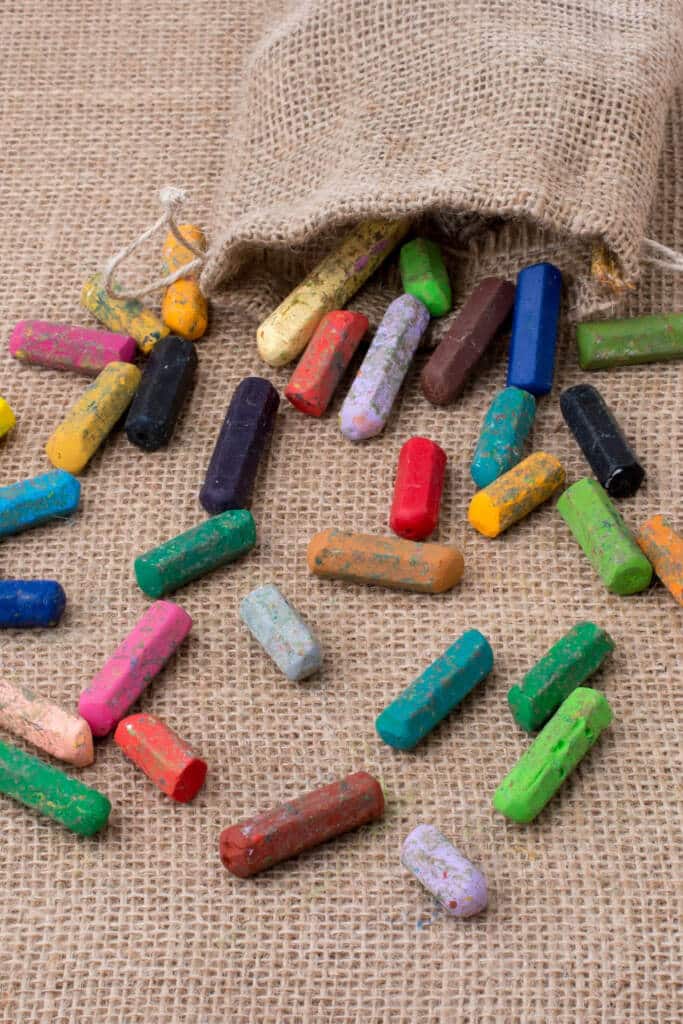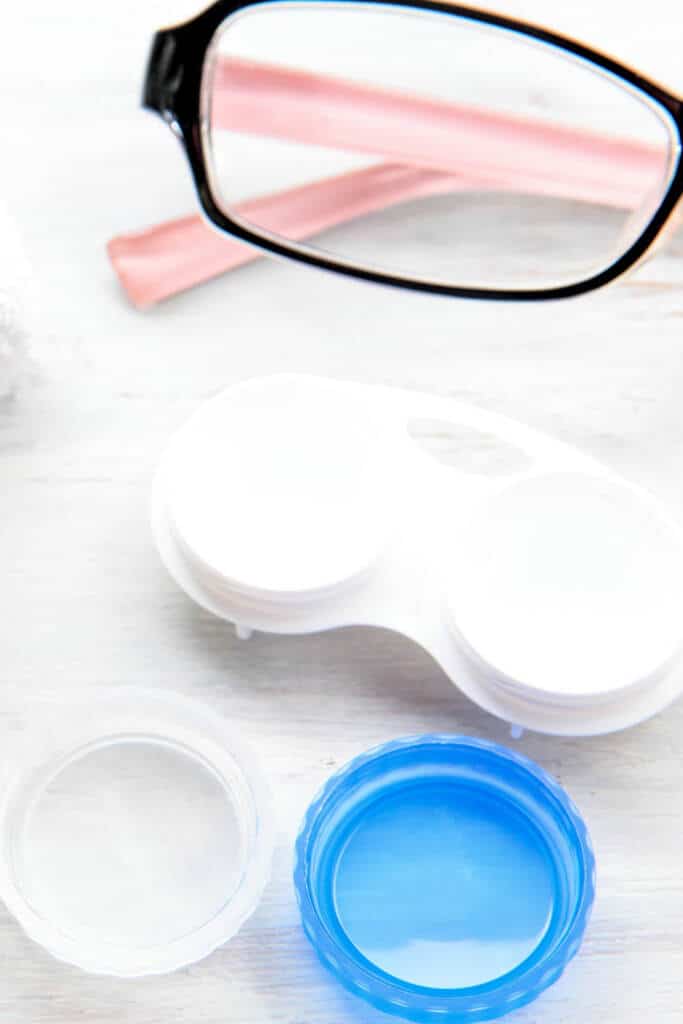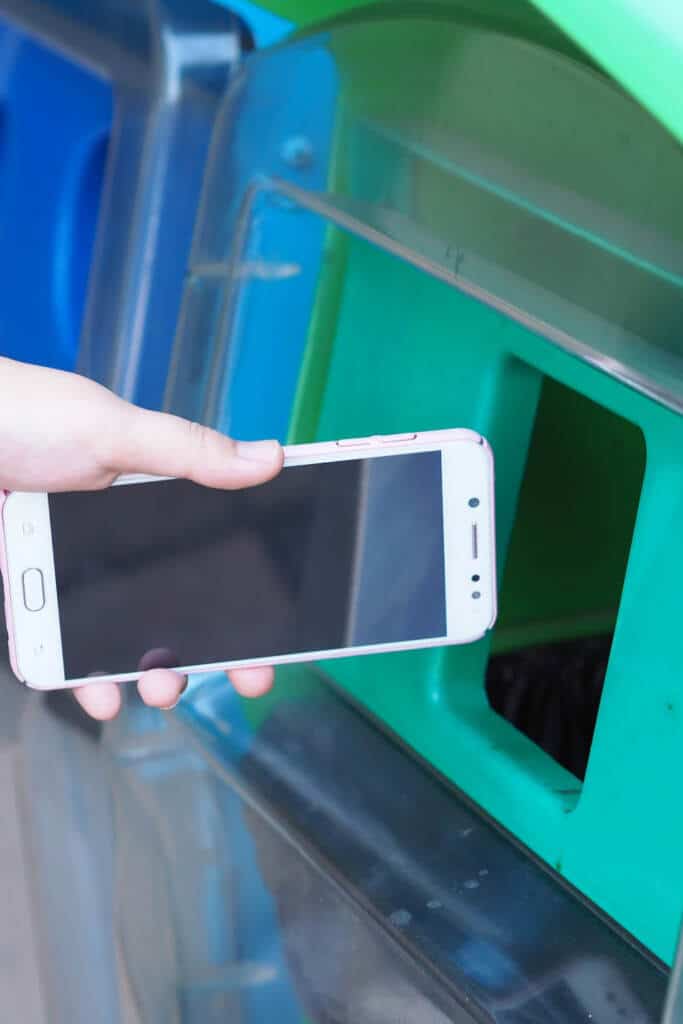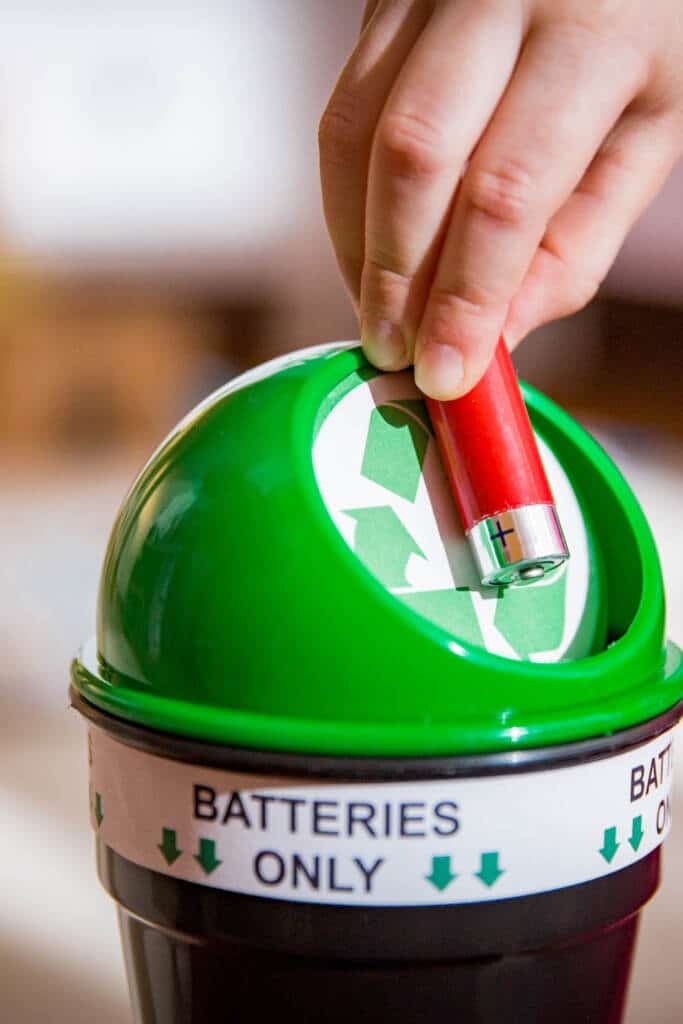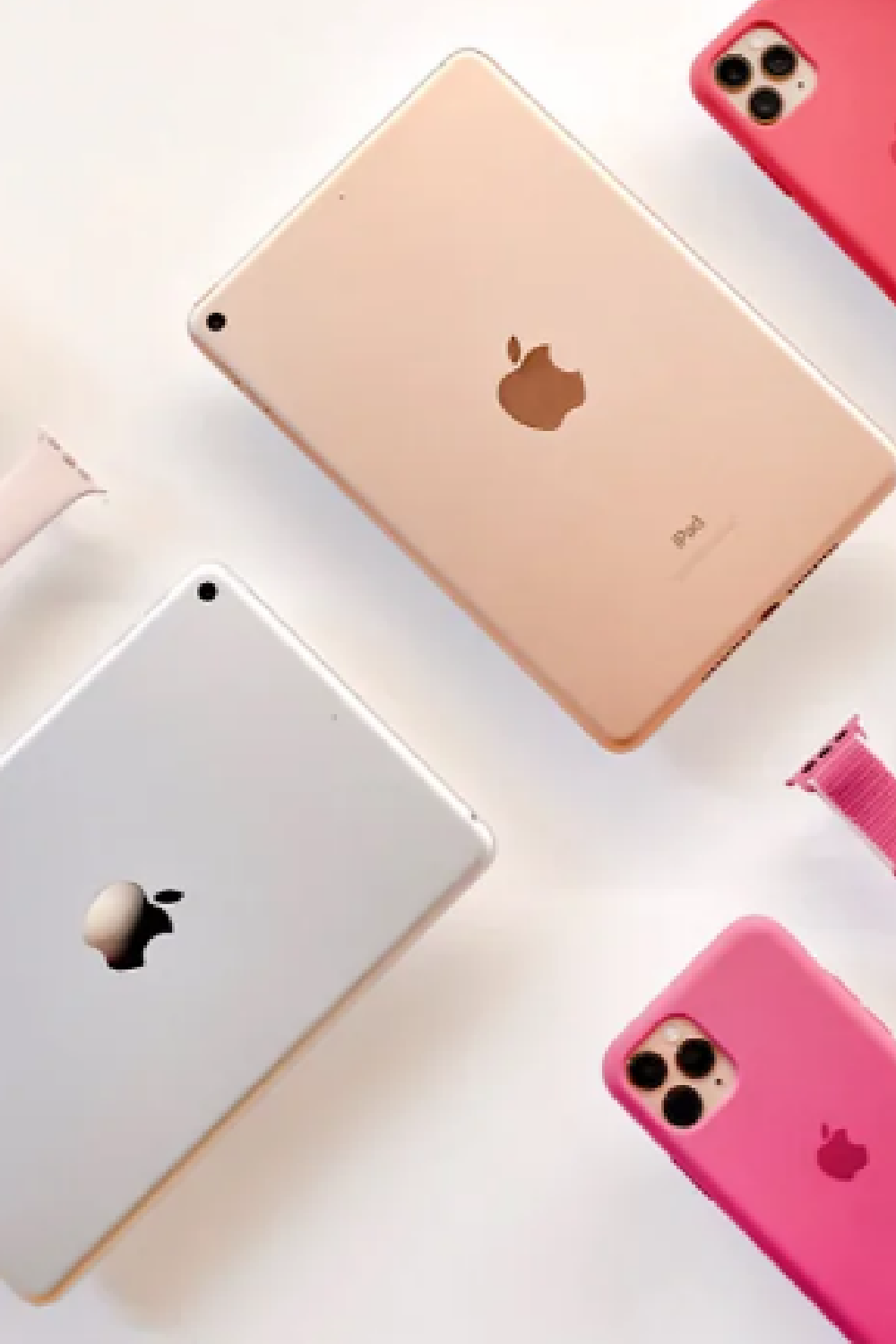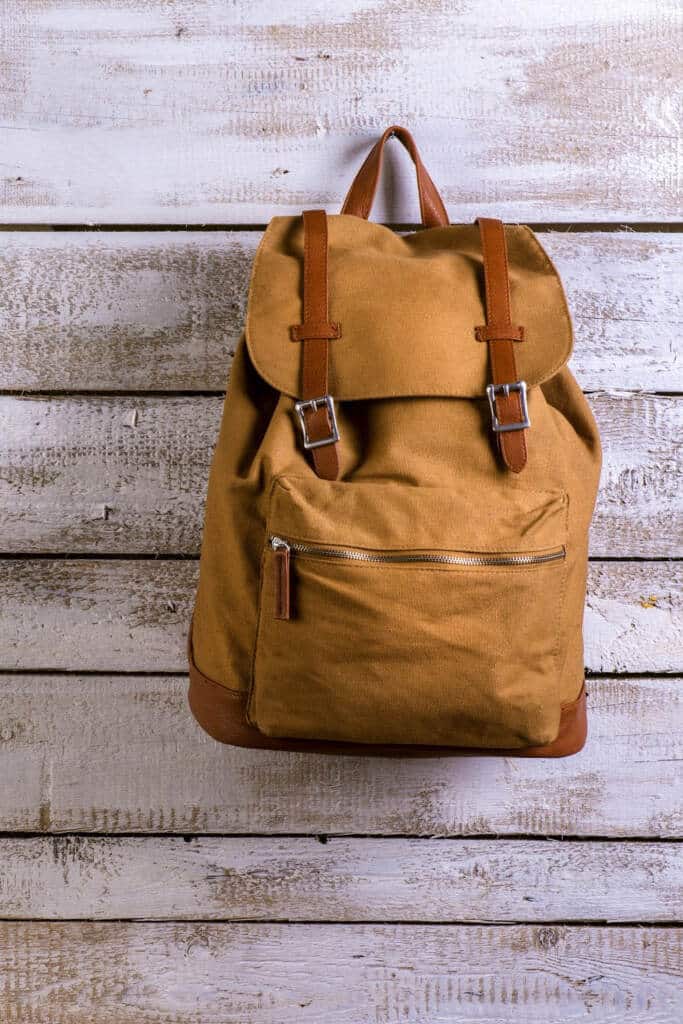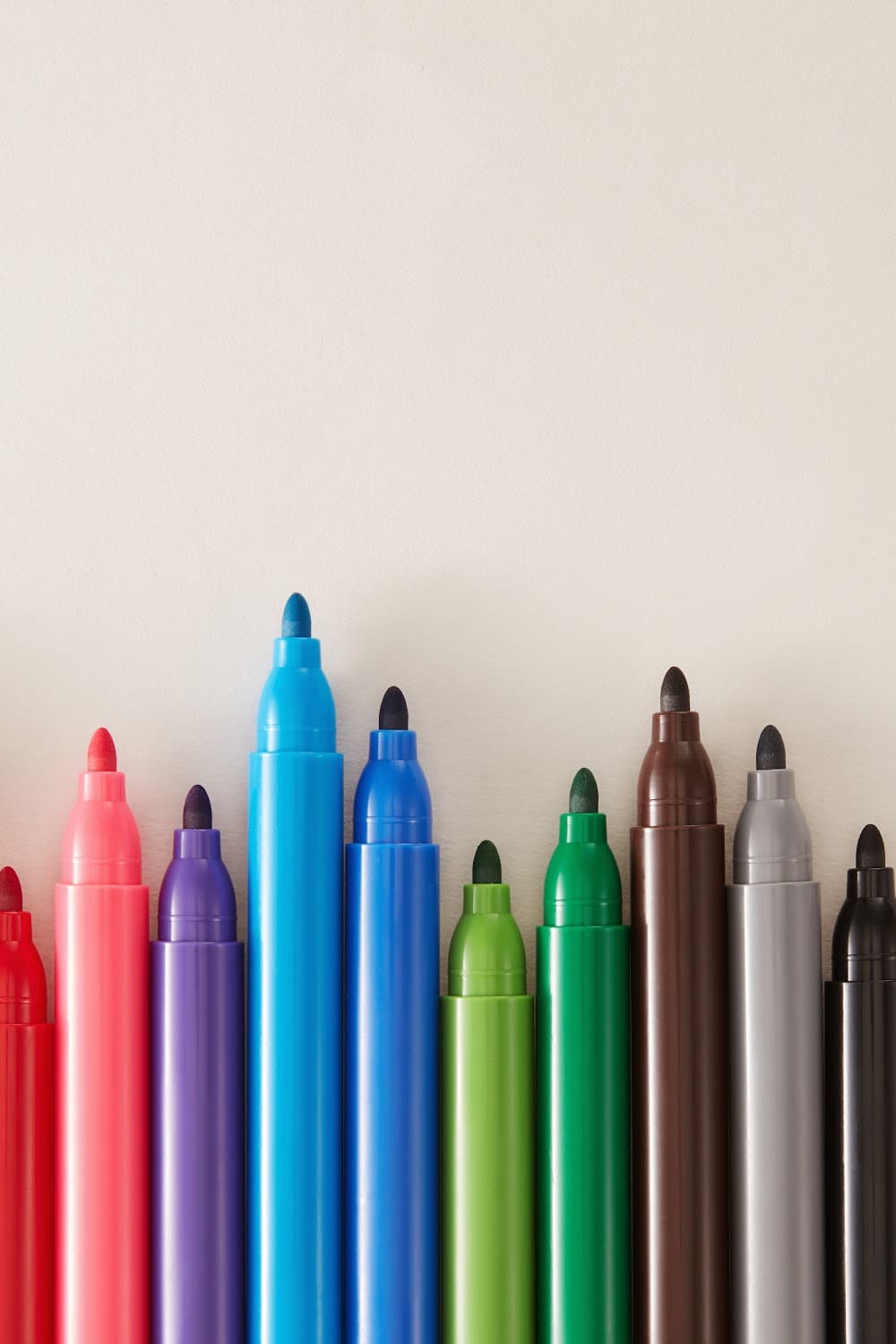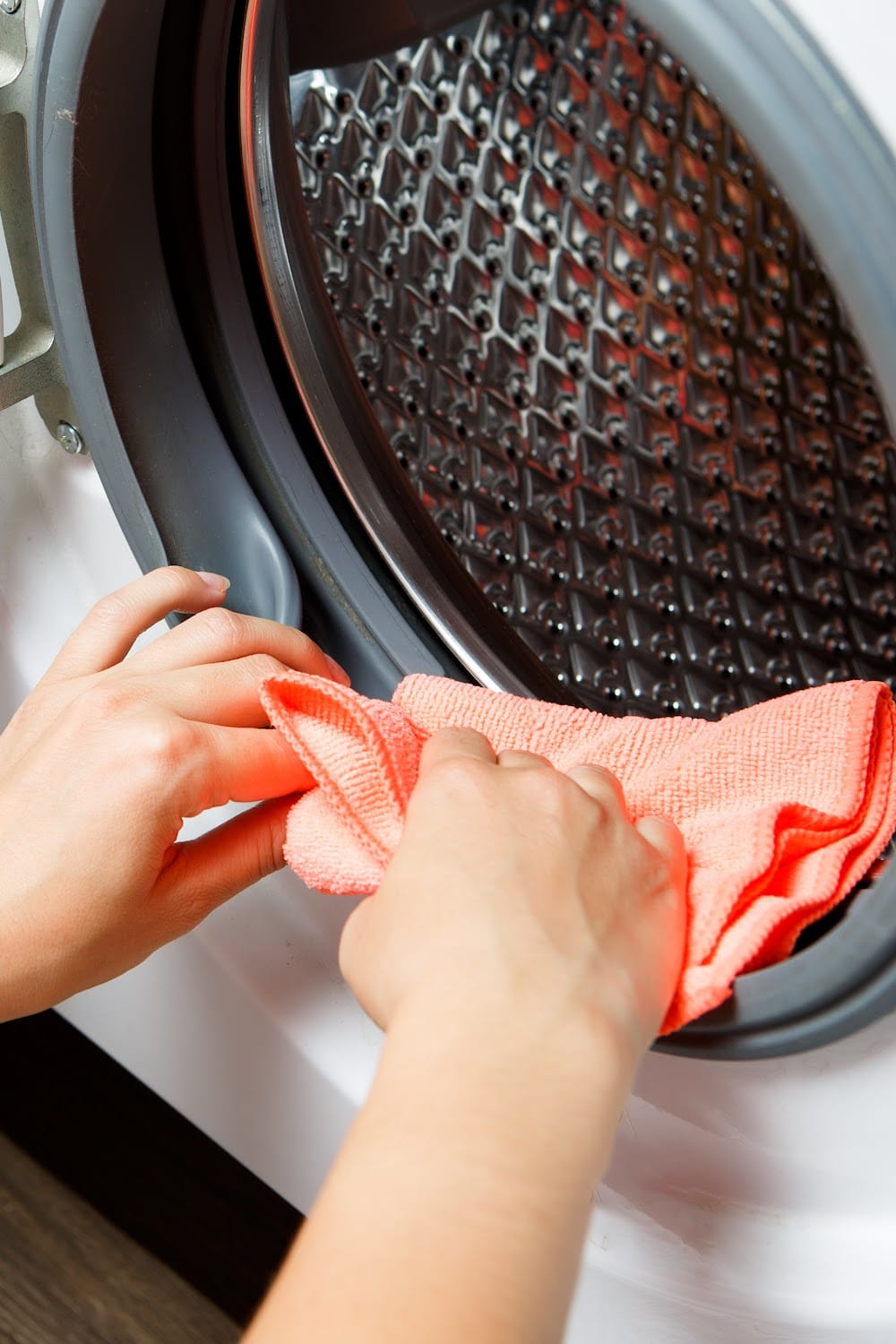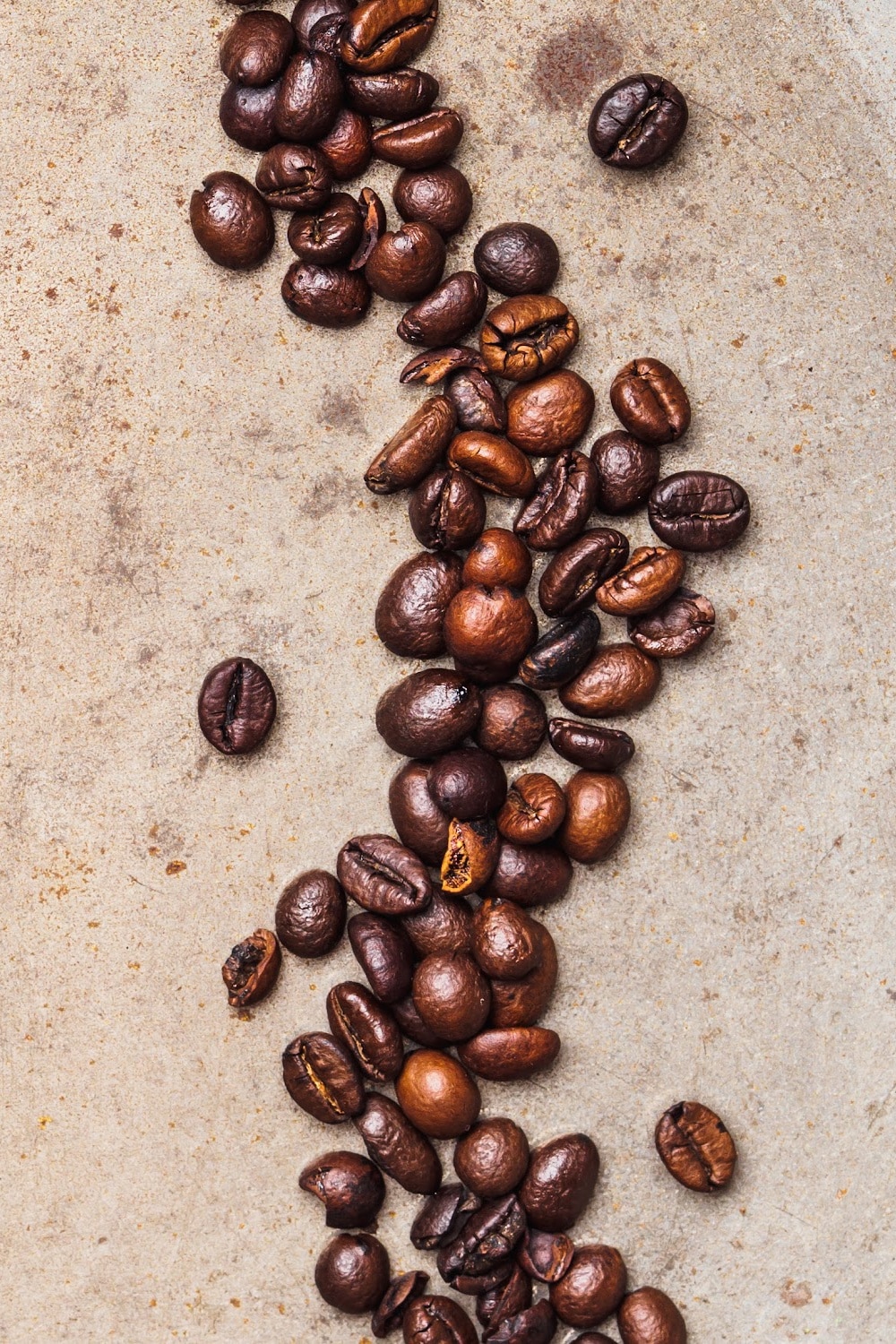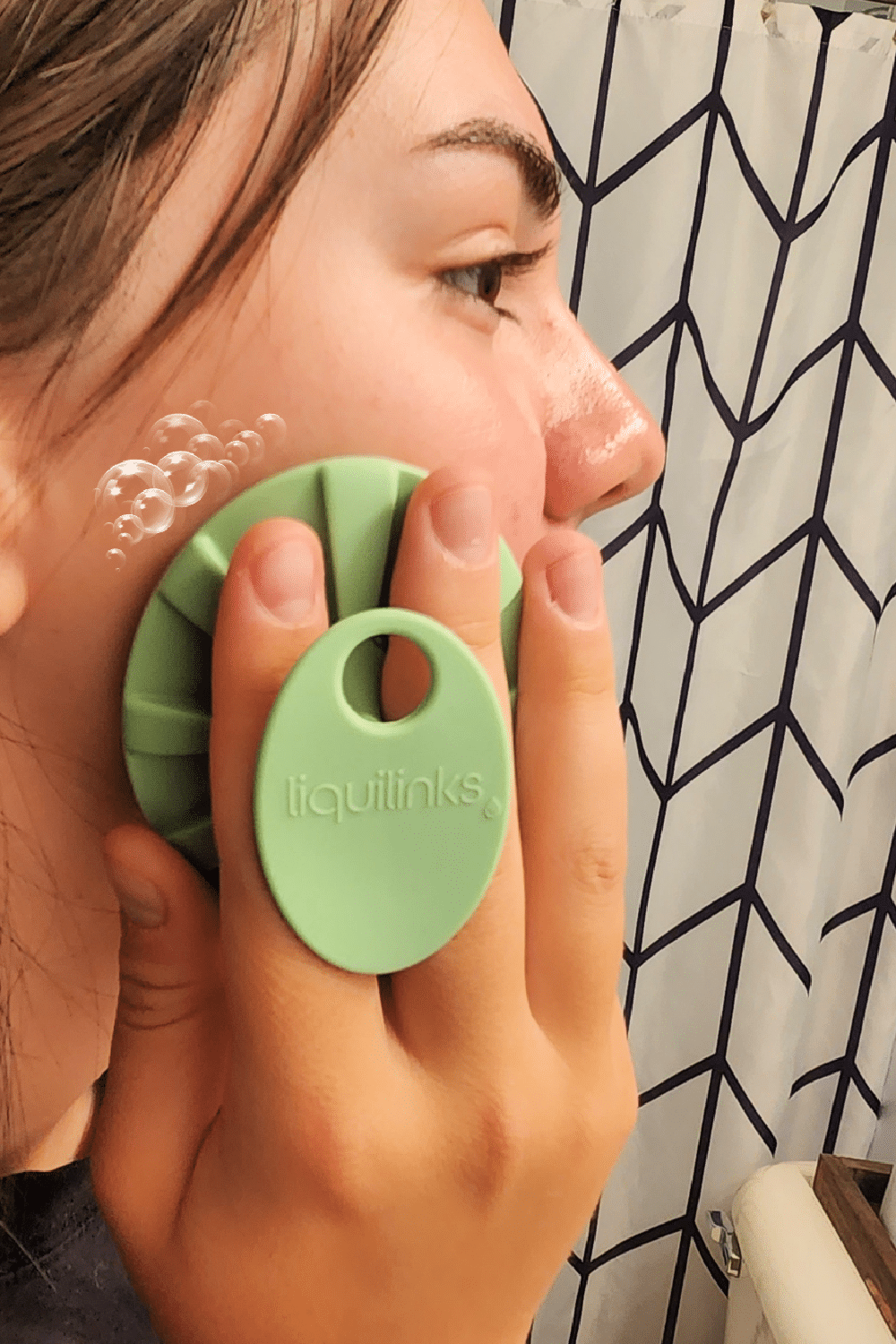Surprising Things That Can Be Recycled
It’s not just paper, plastic, aluminum, and glass you can recycle! Find out what surprising things that can be recycled here and how to do it.
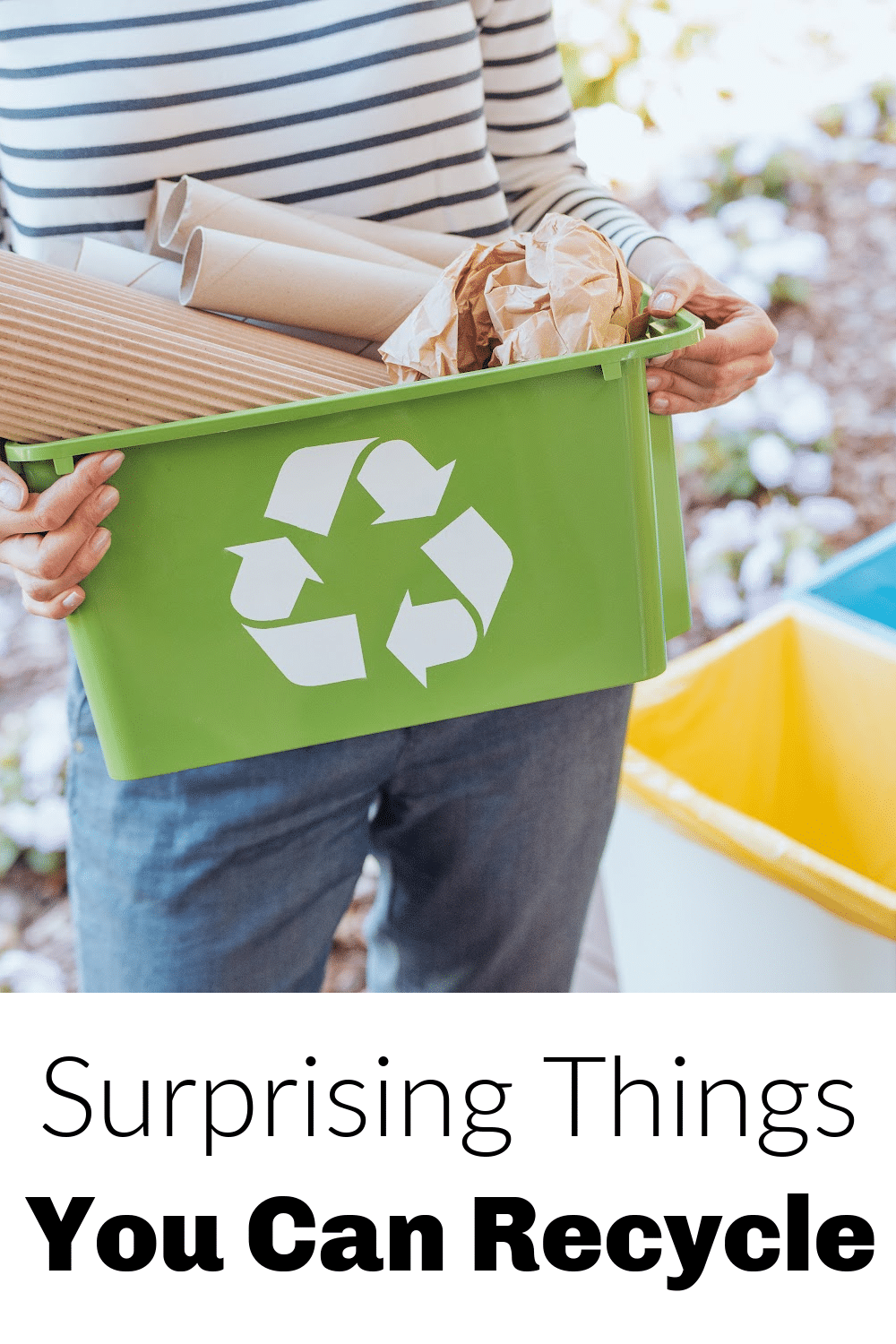
Surprising Things That Can Be Recycled
Recycling has become a crucial component in the fight against pollution and waste. You might already be separating your plastic, glass, and paper, but did you know that some unexpected items can be recycled, from wine corks to tennis balls?
In this article, we’ll explore some lesser-known recyclable objects and how you can help preserve the environment by giving them a second life. So, let’s take a closer look at how everyday items can be kept from the landfill and repurposed for good.
Wine Corks
These small pieces of cork may not seem like much, but disposing of them in the regular trash can be wasteful. Fortunately, some companies and organizations specialize in recycling wine corks. Cork is a valuable resource that can be repurposed into all sorts of useful objects.
For example, a cork can be used as flooring or insulation. Recycling your wine corks can help reduce waste and create opportunities for new products.
It’s simple: the next time you pop open a bottle of wine, don’t forget to save the cork and give it a new life.
Recycle your wine corks by visiting ReCORK.
Crayons
Crayons are a staple of childhood creativity. But what happens to all those stubby, well-loved crayons once they have served their purpose?
While it may seem like old crayons can’t be recycled, some companies are dedicated to giving them a new life. These companies gather discarded crayons, melt them, and create fresh crayons that can be utilized repeatedly.
Not only does this keep old crayons out of landfills. But it also creates jobs for people who work in the crayon recycling industry.
Recycle your crayons by visiting Crazy Crayons.
Tennis Balls
Tennis players go through a lot of tennis balls, and while they may lose their bounce after a few matches, they can still find a new purpose outside of the court. Several programs have established collecting used tennis balls and repurposing them into new products.
Some organizations shred the balls and use the rubber as a cushion for playgrounds and animal shelters. Others donate tennis balls to schools for children to use as chair protectors. Or to place on the bottom of walkers for elderly patients.
Additionally, some companies have created new tennis balls made from recycled materials, which reduces waste and the reliance on new resources. As with any recycled item, tennis ball recycling programs help reduce the amount of waste sent to landfills. And it also promote sustainability.
Recycle your tennis balls by visiting Recycle Balls.
Contact Lenses
But small items like tennis balls aren’t the only surprising things that can be recycled. Typically, contact lenses are composed of a mixture of plastic and silicone. This means we can actually recycle them through programs like TerraCycle’s partnership with Bausch + Lomb.
The program collects used contact lenses, blister packs, and top foils. They repurpose them into new products like park benches and playground equipment. Considering the millions of people who wear contact lenses every day. This recycling opportunity can have a significant impact on reducing waste in landfills.
To recycle your contact lens or blister packets, visit TerraCycle.
Cell Phones
Moving on to the next item on our list, cell phones are another surprising item that can be recycled. While most people tend to replace their old phones with newer models, it’s important to remember that these devices contain valuable materials that can be reused.
Various components in cellphones, like plastic, metal, and glass, can be reused to produce fresh goods. Recycling cell phones can have a significant impact on the environment as well. According to the EPA, recycling one million cell phones can save enough energy to power more than 185 households for an entire year.
Additionally, it can also help reduce the amount of electronic waste that ends up in landfills and can potentially harm the environment. So the next time you upgrade your phone, recycle it properly and contribute to a greener future.
To recycle your cell phone, here are 10 places that will do it for you.
Batteries
Batteries can be commonly found in households all around the globe. They power our electronics, toys, and even cars. But what happens when these batteries die?
Many people throw batteries in the trash, which can have negative effects on the environment. Batteries contain toxic chemicals that can leak into landfills, polluting soil and groundwater. Recycling batteries can protect the environment.
Fortunately, recycling batteries is not a hard task. Many recycling programs and companies accept used batteries, including rechargeable ones. Once they are collected, the batteries are broken down and processed, with valuable components being extracted and repurposed.
To recycle your batteries, visit Call2Recycle.
Apple Products
Whether it’s an iPad, iPhone, or Macbook, chances are you or someone you know has an Apple product. While these devices have revolutionized the way we communicate and consume media, they can also have a significant impact on the environment.
The production of electronic devices requires various rare materials. They include gold, silver, and copper, which are not only costly to extract but also contribute to pollution and waste.
The good news is that Apple has made significant progress in creating a closed-loop supply chain for its products. When a product is no longer needed, it can be recycled to make new products.
What’s more, Apple offers a free recycling program for its products. Customers can send in their devices for responsible recycling.
To recycle your Apple Products, visit Apple’s Reuse and Recycling Program.
Backpacks
Backpacks are an essential item for many people, especially students and hikers. However, like most things, they eventually become worn out and need to be replaced. Instead of just throwing them away, consider giving them a new life through recycling or repurposing.
One way to recycle old backpacks is to donate them to organizations that provide backpacks to those in need. Many schools and nonprofits collect backpacks and school supplies for students who cannot afford them.
If your backpack is beyond repair, consider repurposing it into a new item. For example, you can cut the backpack into pieces and use the fabric to create a unique patchwork blanket or pillow. You can also use the straps to create a sturdy handle for a tote bag or a camera strap.
You can visit Earth911’s recycling search to find a local recycling center that accepts backpacks.
More Bright Ideas
Six Practical Ways To Use Coconut Oil
Creative Uses for Leftovers – Don’t Throw Away
This post may contain affiliate links or sponsored content. Disclosure Policy

